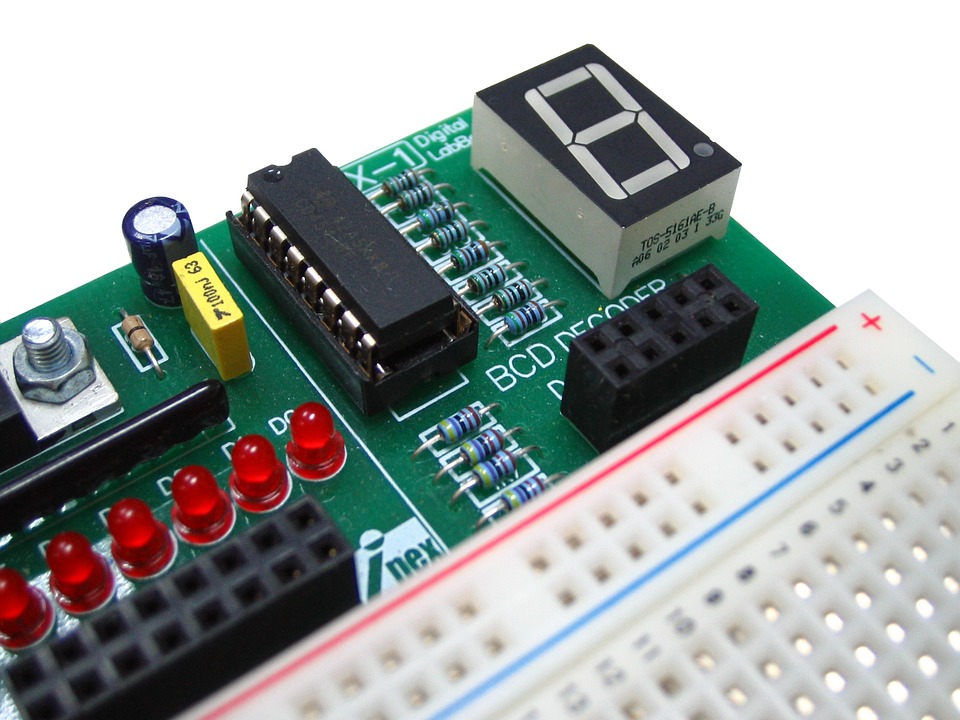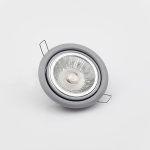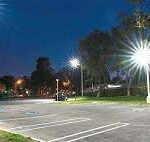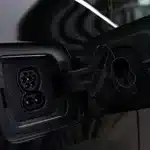
llySmart Cities
For TE Connectivity, this 2016 launch may not have meant much at the time but for the world, this marked the beginning of smart cities. It was at this time when cities and utilities across the globe were upgrading to LED for streets and outdoor areas. This shift from high-pressure sodium (HSP) to LED lamps was at that instant being fueled by the declining price of hardware, the desire to save energy and reduce cost and government regulations. The global warming debate across the globe may also have influenced the shift from HSP to LED lamps witnessed during that year. The LED trajectory was aiming upward and TE connectivity was there just in time to provide the desired firepower to see LED lighting through this journey.
The dimming receptacles
At the heart of TE’s launch were dimming receptacles. TE expanded its product base in dimming receptacles, bases and covers for outdoor flashlight online. The new receptacles offered the ability to fully rotate allowing the photo node to be pointed due north hence optimizing light capture in both the streets and in parking areas. They provided an electro-mechanical interconnection between the photo control cell and the luminaire. They were available in two or four dimming contacts to support one or two channel dimming protocols while providing reliable power interconnect with three robust twist-lock contacts.
The receptacles came bearing pre-terminated power leads making their integration easy. Its versatility in design was well captured by the 105 and 150 degrees Celsius rated conductor insulation. Beside the photo control base assembly and dome cover being ANSI 13.41 compliant, they incorporated the IP66-rated photo control enclosure able to offer protection from harsh conditions including salt spray, rain, and snow. The housing base embodied seven connections uses a material which has a UL94 V-0 flammability rating. The base incorporated a power twist-lock terminal for easy installation and reliable connection. It could also be accompanied by an optional polycarbonate housing cover that allows for maximizing the effectiveness of the light sensing devices.
You May Also Like This : “LED: The Best Option for Light Applications”
Spurring adoption
We cannot entirely claim that these newly launched dimming receptacles are solely responsible for the rapid adoption and popularity of smart cities. However, they offered an instant solution to a growing need at the time. They conformed to the 2014 ANSI 136.41 standard for area lighting which is still relevant to date. They also offered a plug-and-play solution for outdoor lighting controls making installation fast and easy. More importantly, they offered a photo control form factor that other manufacturers built upon to come up with even better solutions. This largely spurred the adoption of smart lighting in streets and parking lots which makes up the better part of smart cities. That indeed was a solution whose time had come.
Summary
Smart cities are getting better. Now solutions are being developed across the globe. LED lighting continues to be the driving force. By 2020, LEDs are expected to account for 100 million of the installed base of 155 million streetlights. Introduction of improved control systems like the dimming receptacles TE launched in 2016 can only serve to improve the speed the uptake of LED and of course, the adoption of smart cities.






















1 Comment